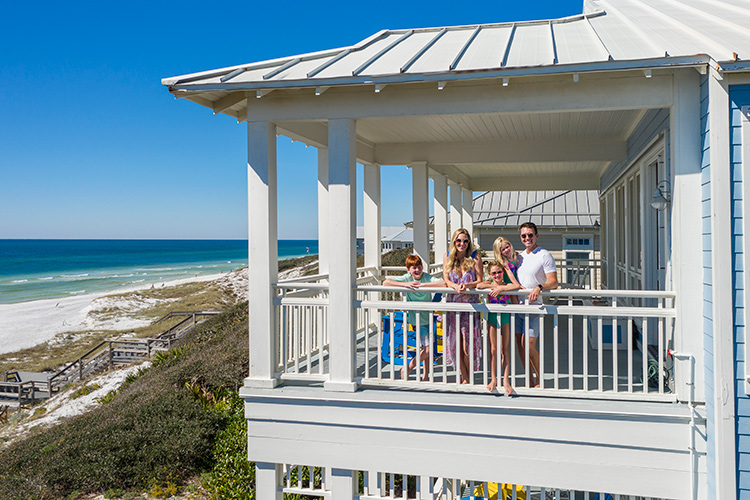Things To Do Detail
30A Bird Watching
30A and the South Walton area are known for their exquisite natural beauty, so it makes sense that wildlife such as birds would enjoy the environment too! Year-round and seasonally, there are a variety of bird species to be seen in 30A. Find out more about this 30A Bird Watching paradise down below!
Things to Do in South Walton Florida: See the Stunning Birds of 30A
One of the factors that makes 30A such a unique destination for birding is its position between two major pathways for bird migration. Called “flyways,” these migration paths are commonly traveled routes that a variety of migratory bird species take during certain seasonal migrations.
30A is nestled between both the Western and Northern flyways, meaning we have the privilege of watching birds traveling East to West and North to South during the months of autumn, with a reverse pattern in the spring. In particular, the fall season is the best for viewing migrating birds, as the birds follow the path of the cold front. Perfect for 30a Bird Watching!
Over two hundred species of birds either make their home in 30A year-round or travel through on their way to a seasonal destination. Prothonotary Warblers, named for the yellow robes worn by Catholic clerks, are distinguishable by their bright color, as well as their high-pitched and rhythmic song. You can often spot them in swamp areas, since they look like miniature canaries. Also striking are Red-headed Woodpeckers, a rare species but easily recognizable by their brightly contrasting red head, white chest, and dark gray wings. This species makes its home amongst the pines and oaks in local forests and parks. Listen for a short, shrill call.
Inlet Beach is a popular area for watching Semipalmated Plover, since the neighborhood is quiet and its beach is brimming with insects and small crustaceans. Keep an eye out for brown and white feathers and a short high-pitched whistle.
Ospreys are also commonly found patrolling the waters of South Walton, scanning the ocean for prey and calling out with a high-pitched chirp. Watch as they swoop and dive into the waves, finding a fish to take back to shore. Similarly, Bald Eagles are spotted here frequently, as Florida has the third-largest breeding population in the U.S.
If you decide to go 30a bird watching during twilight or nighttime hours, you may just spot a Great Horned Owl. Locations like Grayton Beach State Park and Deer Lake State Park have thick swathes of forest where this species makes its home. The nature trail along Alys Beach is another well-known spot. You can recognize this bird by its loud hooting and rhythmic song.



